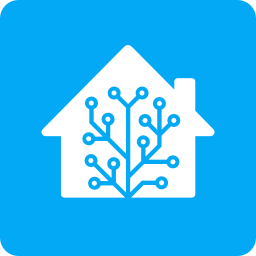

The decryption key is more than 20 random character, so if you get only half of it is not a biggie and it doesn’t look like anything interesting.
It is on the internet mostly because I don’t have anything else to host it locally. But I see some benefit: I wanted for the server to be available immediately after a power failure. If it fetches the key from internet I just need for the router to be online, if it fetches it from the local network I need another server running unencrypted disk.

Good point, I’ll add it on my TODO list